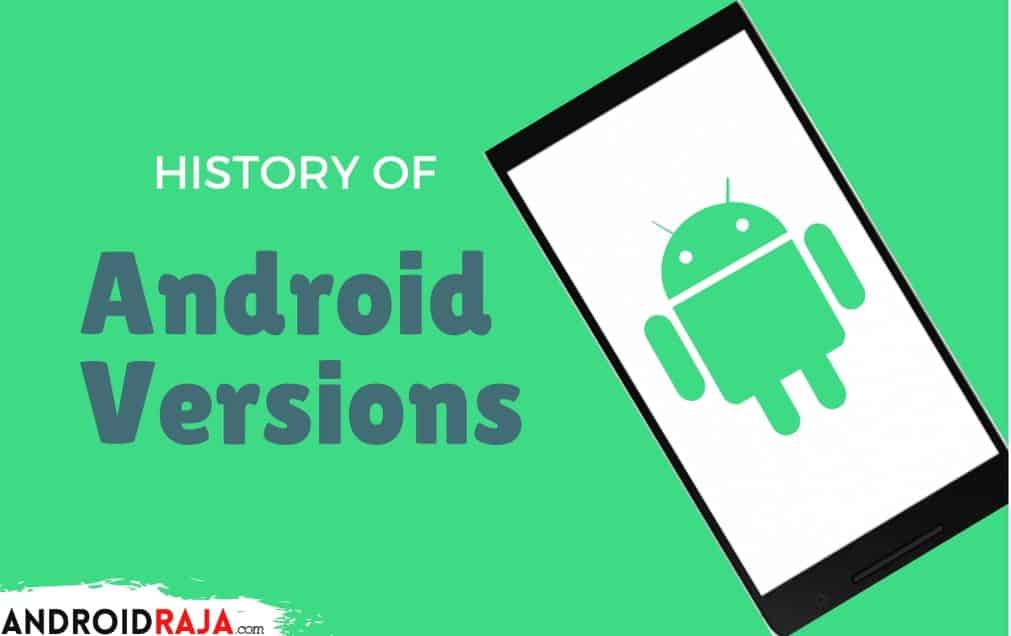Android version historical past
Update to Android Market with automatic updates and easier-to-learn Terms and Conditions text. FeaturesImage(s)three.0February 22, 2011Optimized pill assist with a brand new “holographic” person interface (removed again the next year with model 4.2). Improved power administration with a more energetic function in managing purposes which might be keeping the gadget awake for too long.
WebViews obtain updates independently via Google Play for security causes, as an alternative of relying on system-extensive vendor updates. Recently used purposes are remembered even after restarting the system. Recent actions display screen with tasks as a substitute of applications, up to a configured maximum of duties per utility.
Support for actions by third-party apps in the text choice menu. Ability to hitch Wi-Fi networks and management paired Bluetooth units from fast settings.
Native proper-to-left, always-on VPN and utility verification. Features4.2November thirteen, 2012Lock display enhancements, together with widget support (eliminated again in 2014) and the power to swipe on to the camera. Ability to shut down purposes from the latest apps listing with a swipe.

I confirmed this with Google; Honeycomb, at least in the current type, is not going to be coming to non-tablet gadgets. Wind Down possibility lets Android users set a specific bedtime that enables Do Not Disturb and turns the entire telephone’s interface grey to discourage further use at night time. “Shush”, an enhanced model of Do Not Disturb mode activated by inserting the telephone face down, which mutes standard notifications.
New download notifications, which now present the proportion and estimated time remaining for energetic utility downloads. Added Bluetooth gamepads and joysticks as supported HIDs (Human interface devices). New clock utility with a built-in world clock, cease watch and timer.
Google used a white background instead of black, for instance, and added a search bar to help customers shortly find the app they needed. Android Marshmallow also brought the addition of the reminiscence supervisor, which allowed you to examine the reminiscence utilization of any app used throughout the previous three, 6, 12, or 24 hours. Android 5.zero additionally noticed the addition of another model of Android, dubbed Android TV, which brought Android to the large screen and remains to be in use on plenty of TVs today. Donut also launched a couple of aesthetic adjustments to Android, corresponding to a redesigned Android Market, which provided extra curation over top free and paid apps. Before Cupcake, Android didn’t help video seize, so customers with earlier variations of Android could only seize photos.
Camera application now masses Google+ Photos as a substitute of Gallery when swiping away from the camera view. Settings utility now makes it attainable to pick default textual content messaging and the home (launcher) utility. Storage Access Framework, an API allowing apps to retrieve recordsdata in a constant manner. As part of the framework, a new system file picker permits users to entry recordsdata from numerous sources (together with those exposed by apps, similar to on-line storage providers). Ability for applications to make use of “immersive mode” to maintain the navigation and status bars hidden whereas sustaining user interaction.
Improved application launcher with shortcuts to Phone and Browser applications. Support for the Android Cloud to Device Messaging (C2DM) service, enabling push notifications. Numerous new camera options, including flash support, digital zoom, scene mode, white balance, shade effect and macro focus.
Experimental features (that are currently hidden within a menu known as Feature Flags) corresponding to a redesigned About Phone page in settings, and automated Bluetooth enabling while driving. Bluetooth battery degree for related devices, accessible in Quick Settings. New Data Saver mode, which may drive apps to reduce bandwidth utilization.